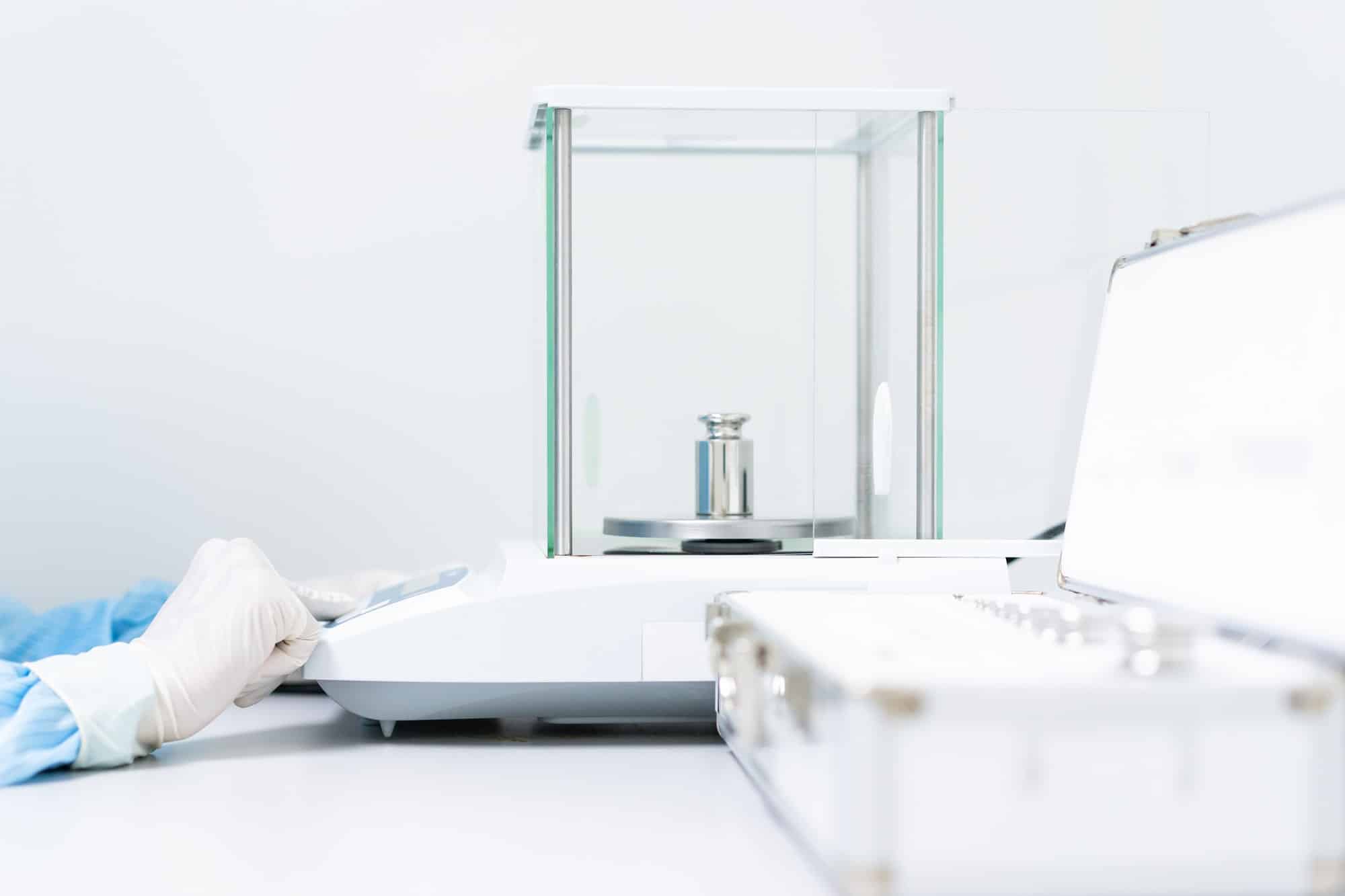How to Calibrate a Standalone ECU for a Subaru Impreza Running E85 Fuel?

The calibration of a standalone Engine Control Unit (ECU) for a Subaru Impreza running E85 fuel is a process that requires precision, accurate sensor readings, and a comprehensive understanding of engine control. This article aims to provide you with a detailed guide on calibrating your standalone ECU specifically for E85 fuel. Keep in mind, E85 fuel offers several advantages like higher performance and cleaner burning. However, it requires specific tuning and adjustments to your vehicle’s ECU for optimal performance.
The main aspects that we’ll cover include the benefits of using E85 fuel, the role of the ECU and the sensors, the importance of the control loop, and the calibration process. The information contained here will be beneficial whether you’re a car enthusiast or a professional mechanic.
Sujet a lire : What’s the Optimal Tire Pressure for a BMW M3 When Driving on a Wet Track?
Understanding the Role of the ECU and the Importance of Sensors
In order to successfully calibrate your ECU, it is crucial to understand its role and how it interacts with various sensors in your car. The ECU is your car’s brain; it controls the engine’s fueling, speed, and various other parameters based on inputs it receives from different sensors.
The ECU interacts with several sensors, each monitoring a different aspect of your engine’s performance. For instance, the oxygen sensor gives information about the fuel mixture, the throttle position sensor reveals how far the throttle is open, and the vehicle speed sensor provides data on the car’s speed. Other sensors include airflow and temperature sensors, among others. All these sensors feed the ECU with data, enabling it to control the engine optimally.
En parallèle : How to Accurately Calibrate Tire Pressure Monitoring Systems for a Volvo S60?
When using E85 fuel, the ECU must adapt to the fuel’s unique characteristics. This requires careful calibration, taking into account the ethanol content, speed, and other key factors. Remember, the Haltech ECU is renowned for its versatility and is particularly suitable for this task.
The Significance of the Control Loop
The control loop is a fundamental part of ECU operation. Essentially, it is a continuous process where the ECU receives input from the sensors, processes this information, and then adjusts the engine’s performance based on these inputs. This process keeps repeating itself in a loop, hence the term ‘control loop’.
When tuning your ECU for E85 fuel, the control loop becomes more important. With E85’s higher octane rating and cooling properties, your engine can handle more power. However, this power increase demands more fuel, hence the ECU needs to adjust the fueling to match the engine’s requirements.
The control loop ensures that the ECU makes these adjustments seamlessly, thus maximizing the efficiency and performance of your engine. Therefore, understanding this process and ensuring your ECU is well adjusted is crucial when running E85 fuel.
The Calibration Process
Once you understand the role of the ECU, the sensors, and the control loop, you can begin the calibration process. Here, you will make a series of adjustments to adapt your ECU for E85 fuel.
Firstly, install a sensor that can measure the percentage of ethanol in your fuel. This is because E85 fuel can vary in its ethanol content, ranging from 51% to 83%. Therefore, a flex-fuel sensor is an essential tool for accurate ECU calibration.
Next, adjust the fuel table in your ECU. Since E85 fuel requires more fuel for a given amount of air, you’ll need to increase the fueling in your fuel table. This is typically done by multiplying the current fuel values by a factor of 1.3 to 1.4. However, this value may vary based on the specific E85 fuel you’re using and your engine’s characteristics.
Lastly, you’ll need to modify your ignition timing. E85’s higher octane rating allows for more aggressive ignition timing without causing detonation. This can result in significant power gains. However, this requires careful tuning to avoid damaging your engine.
Choosing the Right ECU: Haltech Elite
The Haltech Elite ECU is particularly recommended for tuning engines to run on E85 fuel. It has powerful processing speed, supports flex-fuel capability, and allows for precise control over fueling and ignition timing. Furthermore, the Elite series provides real-time tuning, which lets you make adjustments on the fly and see immediate changes in engine performance.
Moreover, Haltech’s excellent technical support and comprehensive user manuals make the tuning process easier. Therefore, if you’re looking to calibrate your ECU for E85 fuel, the Haltech Elite is a worthy choice.
Remember, calibrating your ECU is a complex task that requires a comprehensive understanding of your engine and its controls. However, with careful adjustments and the right tools, you can successfully tune your Subaru Impreza to run efficiently on E85 fuel.
Advanced Calibration Techniques
After understanding and implementing the basics of ECU calibration for E85 fuel, it’s time to delve into more advanced techniques. This can help you extract even more performance from your Subaru Impreza. Remember that ECU calibration is as much an art as it is a science – it requires a keen understanding of engine management, careful observation, and a lot of patience.
One advanced concept in ECU calibration is closed-loop and open-loop operation. In closed-loop operation, the ECU constantly monitors the sensors and adjusts the fueling and ignition timing in real-time to maintain optimal engine performance. In contrast, open-loop operation relies on pre-set values and does not adjust based on sensor readings. It is typically used in high-load or high-speed conditions.
When running E85 fuel, closed-loop operation is beneficial due to the fuel’s variable ethanol content. The ECU can adjust the fueling in real time based on the flex-fuel sensor readings, ensuring optimal performance regardless of the ethanol content.
Another advanced technique involves boost control. E85’s higher octane rating allows for higher boost levels without causing detonation. With the Haltech Elite ECU, you can precisely control the boost levels to maximize power while avoiding engine damage.
Finally, consider the fuel system of your Subaru Impreza. E85 fuel requires a stronger fuel pump and larger fuel injectors due to its higher consumption rate. Therefore, upgrading your fuel system is an essential step when switching to E85 fuel.
Conclusion: A Guide to Maximizing Power with E85 Fuel
In conclusion, calibrating a standalone ECU for a Subaru Impreza running on E85 fuel is a complex but rewarding process. It requires a deep understanding of engine control processes, careful tuning, and the use of powerful tools like the Haltech Elite ECU.
Remember, a well-calibrated ECU can significantly enhance the performance of your vehicle. E85 fuel, with its higher octane rating, offers the potential for greater power and efficiency. However, it requires careful tuning and adjustments to reach its full potential.
From understanding the roles of sensors and the ECU to implementing the control loop and performing advanced calibration techniques like closed-loop operation and boost control, this guide has provided you with a comprehensive overview of the calibration process.
Remember that proper calibration is the key to ensuring that your Subaru Impreza runs efficiently and powerfully on E85 fuel. With careful tuning and the right tools, you can maximize the performance of your vehicle while enjoying the benefits of cleaner-burning E85 fuel.
This article was originally posted by a senior member of the Subaru Impreza community, an expert in ECU calibration for E85 fuel. It is aimed at car enthusiasts and professional mechanics who are interested in switching their vehicles to E85 fuel. Whether you’re driving an Impreza WRX STI or another model, this guide will help you make the most of your vehicle’s capabilities.
Remember, as the saying goes, "With great power comes great responsibility." So, take your time, be patient, and enjoy the process of calibrating your Subaru Impreza’s ECU for E85 fuel.
